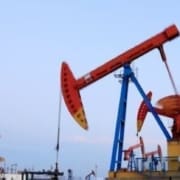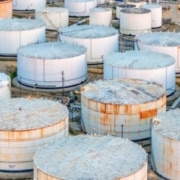Mach Natural Resources LP has closed its acquisition of oil and gas assets from Sabinal Energy LLC and assets managed by IKAV San Juan in a pair of deals valued at $1.3 billion. Learn how Mach closes deals recently.
In the Permian Basin, Mach said in July it would pay $500 million to acquire assets from Sabinal Energy LLC, a private E&P backed by Kayne Anderson private equity funds.
In the San Juan Basin, the company said it would pay $787 million to acquire IKAV San Juan, one of the basin’s top natural gas producers.
Click here to read the full article
Source: HARTENERGY
—
Do you have any questions or thoughts about the topic related to Mach closes deals? Feel free to contact us here or leave a comment below.










